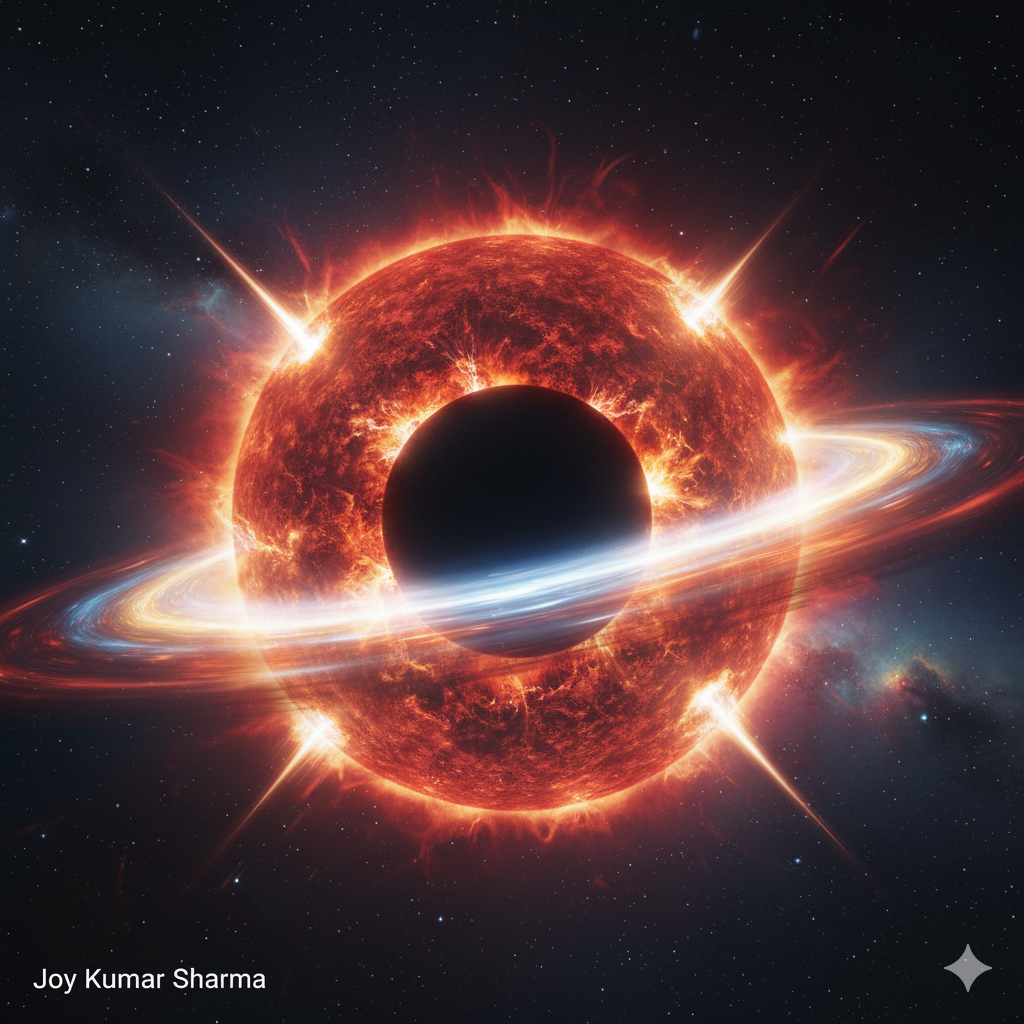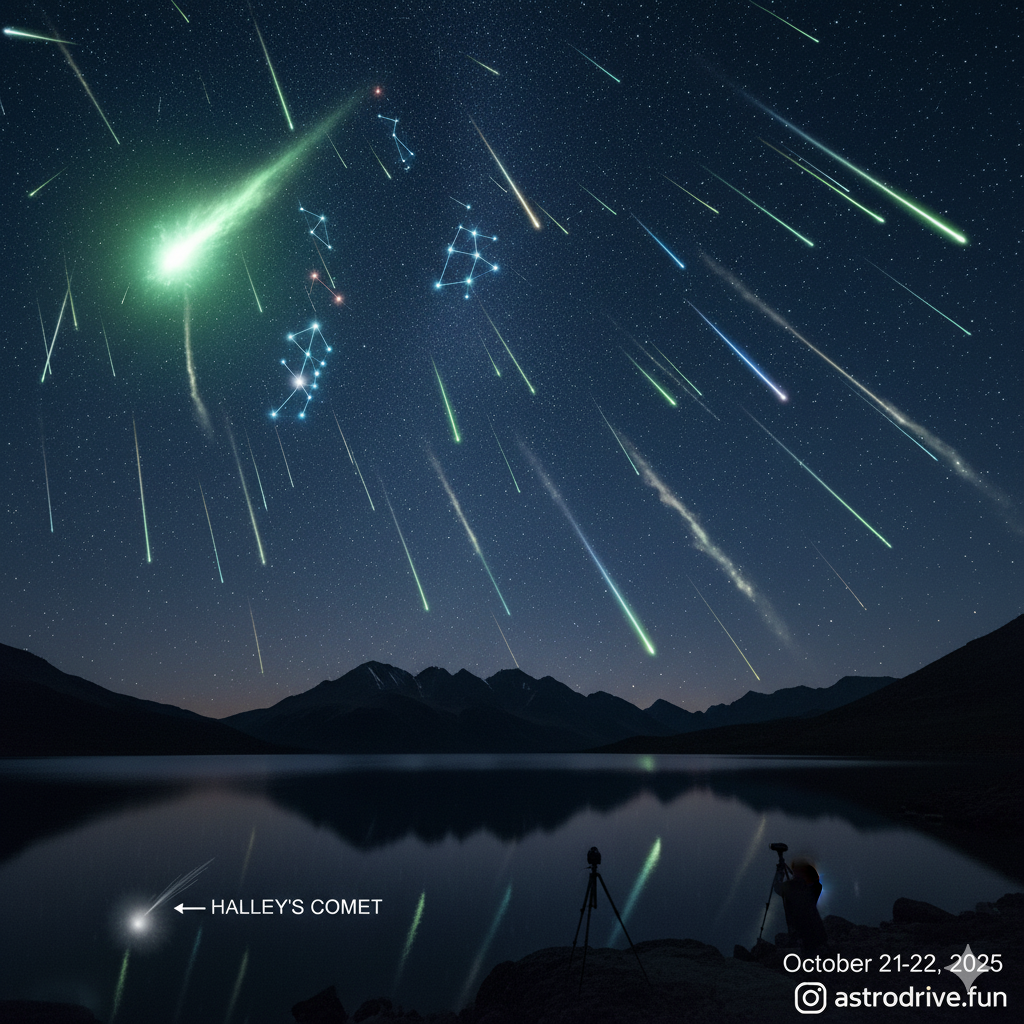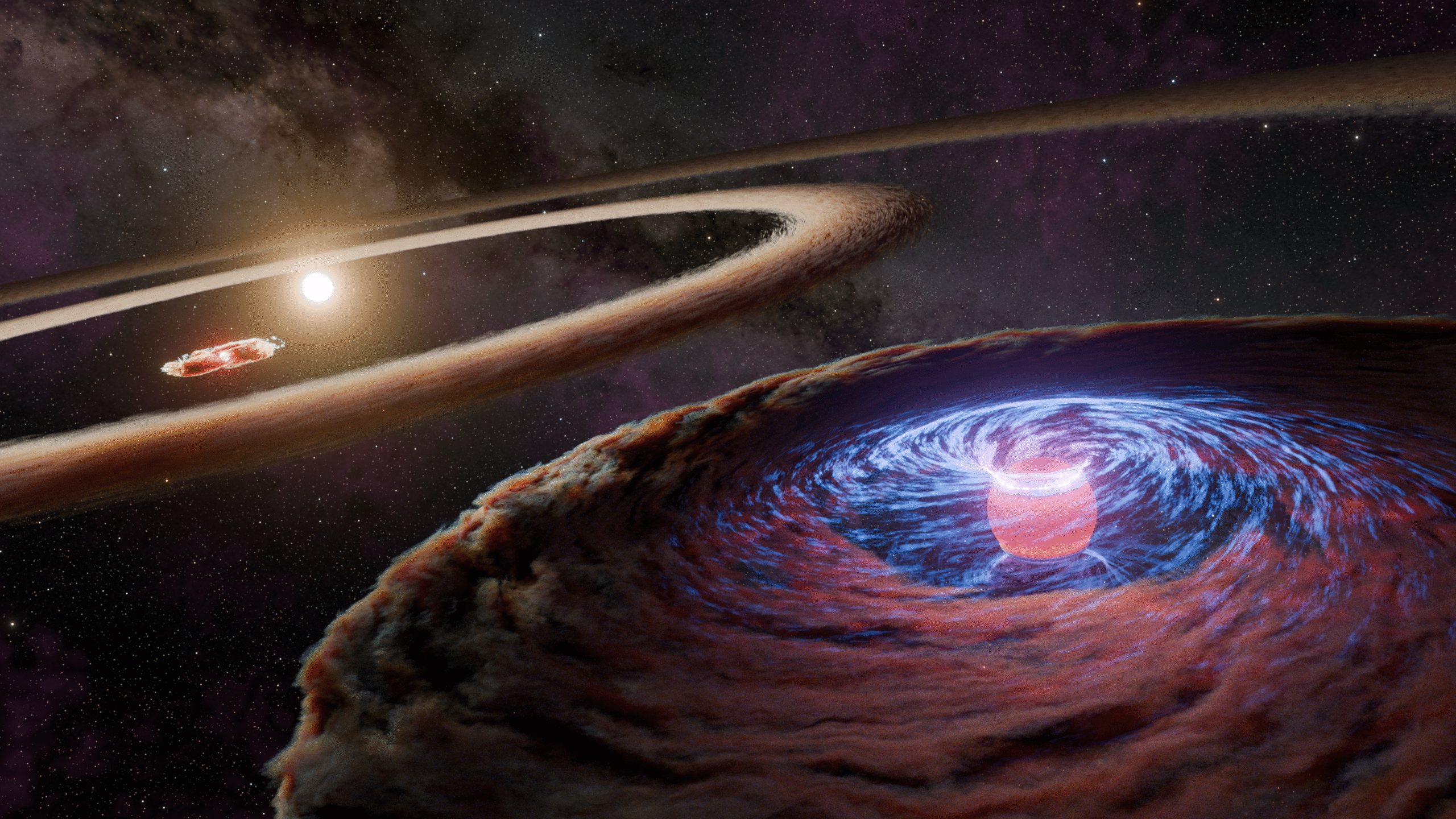🔭 What’s New in the Sky – June–July 2025
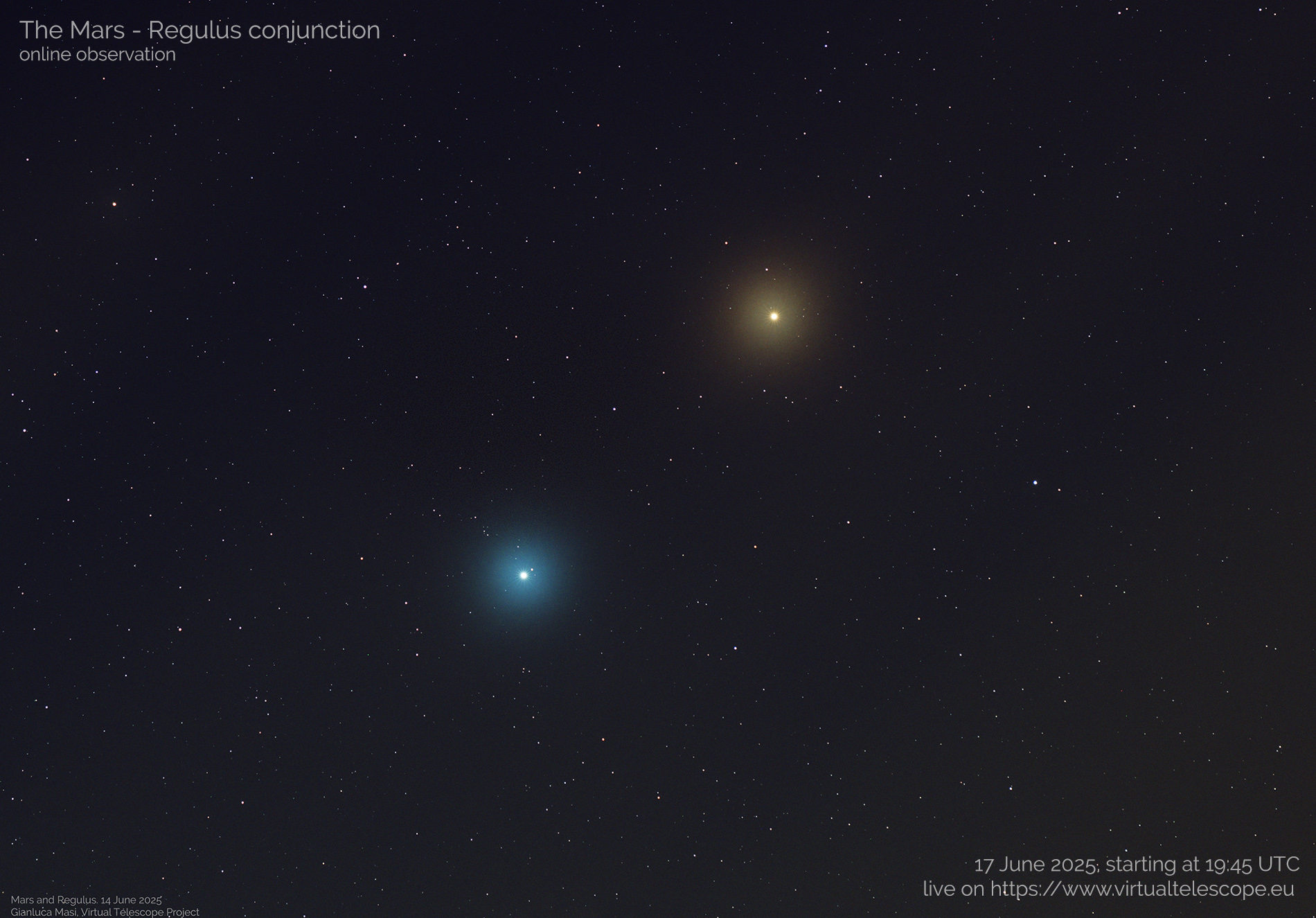
1. June 10–11: Strawberry Moon
The “Strawberry Moon” rises low on the horizon, appearing unusually large and tinted orange-red due to atmospheric scattering. Best viewed just after moonrise near midnight.
Source: NASA, Space.com
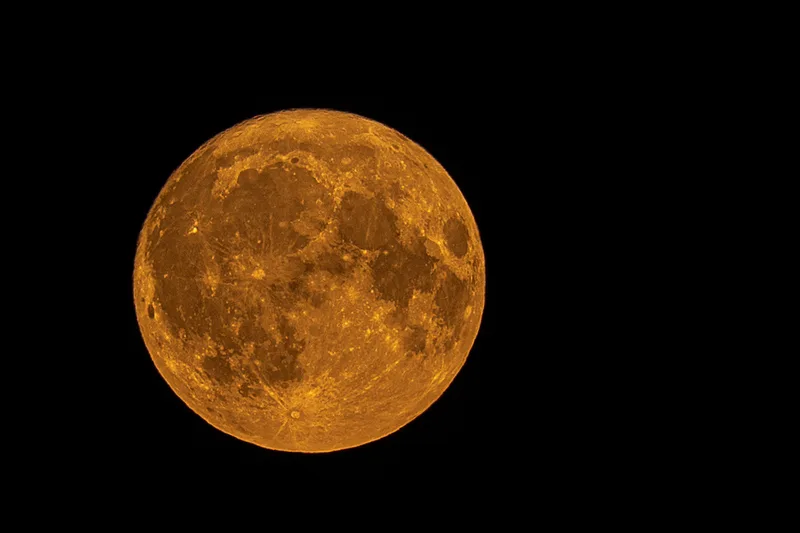
2. June 16–17: Mars–Regulus Conjunction
Mars and Regulus (the brightest star in Leo) will appear only about 0.5° apart—close enough to see together in binoculars. Look west after 10:30 PM local time.
Source: EarthSky.org
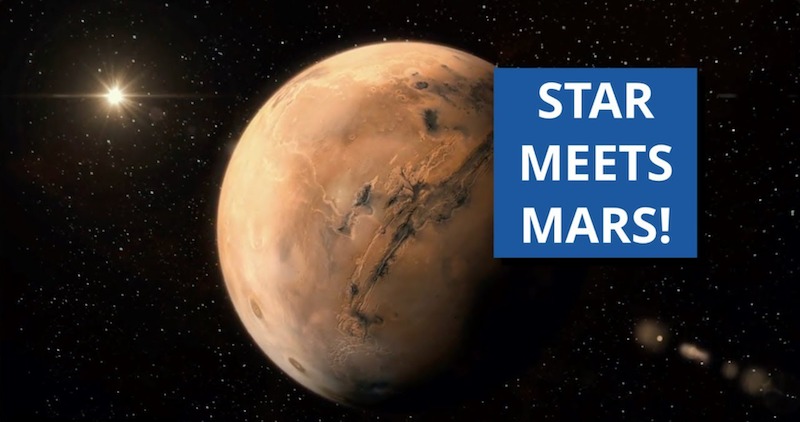
3. June (All Month): Venus & Saturn in Morning Sky
Venus shines as a bright “Morning Star” before sunrise all month. By late June, Saturn rises earlier and is visible with Venus in the same pre-dawn sky.
Source: Sky & Telescope
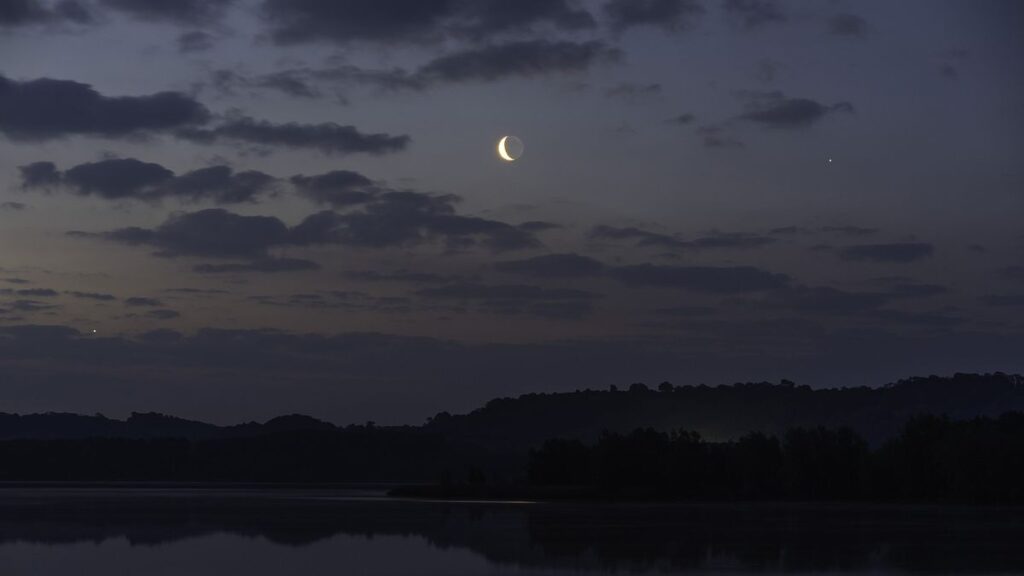
4. June 21: Summer Solstice
The solstice marks the longest day and shortest night of the year in the Northern Hemisphere—perfect for observing the sky during late dusk and twilight.
Source: TimeAndDate.com

5. July 31: Southern Delta Aquariids Meteor Shower Peak
While most skywatchers eagerly await the Perseids, fewer know about the Southern Delta Aquariids, a quieter meteor shower that overlaps with them each year. Often overlooked and dimmed by moonlight or the Perseids’ brilliance, this shower still offers a modest show of 10–20 meteors per hour under dark skies.
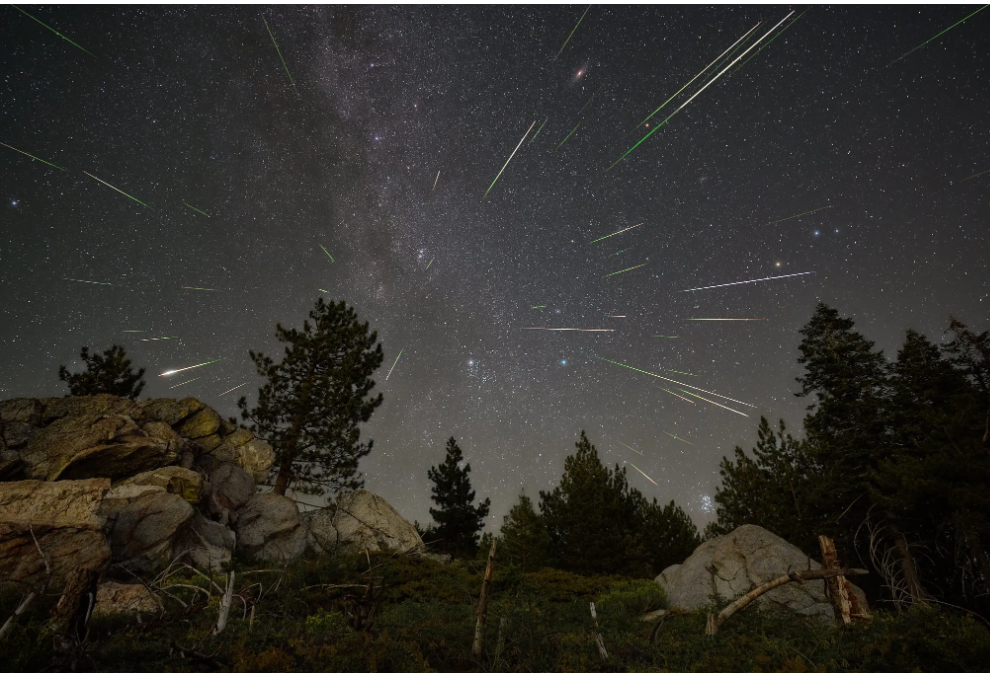
This year’s peak on July 28 may not bring surprises, especially for those in the Northern Hemisphere—but if you’re in a southern location with minimal light pollution, keep your eyes on the southeast sky after midnight for the best chance to catch a few graceful streaks.This underrated meteor shower peaks late July with ~20 meteors per hour, often leaving glowing trails. Moonlight will be minimal this year, providing dark skies for viewing.
Source: AMS Meteors


